Indian rescuers on Tuesday (27) pulled out all 41 construction workers trapped inside a collapsed tunnel in the Himalayas for 17 days, hours after drilling through the debris of rock, concrete and earth to reach them, officials said.
The evacuation of the men - low-wage workers from some of India's poorest states - began more than six hours after rescuers broke through the debris in the tunnel in Uttarakhand state, which caved in on November 12.
They were pulled out on wheeled stretchers through a 90 centimetre (three feet) wide steel pipe, with the entire process being completed in about an hour.
The first to be evacuated, a short man wearing a dark grey winter jacket and a yellow hard-hat, was garlanded with marigold flowers and welcomed in traditional Indian style inside the tunnel by state chief minister Pushkar Singh Dhami and federal deputy highways minister VK Singh.
Ambulances with their lights flashing had earlier lined up at the mouth of the tunnel to transport the workers to a hospital about 30 km away.
"An initial health checkup of all the workers is being done in the temporary medical camp built in the tunnel," Dhami said.
Relatives outside had already begun celebrating even before the first man was pulled out.
"We are thankful to God and the rescuers who worked hard to save them," said Naiyer Ahmad, whose younger brother Sabah Ahmad is among the trapped workers, and who has been camping at the site for over two weeks.
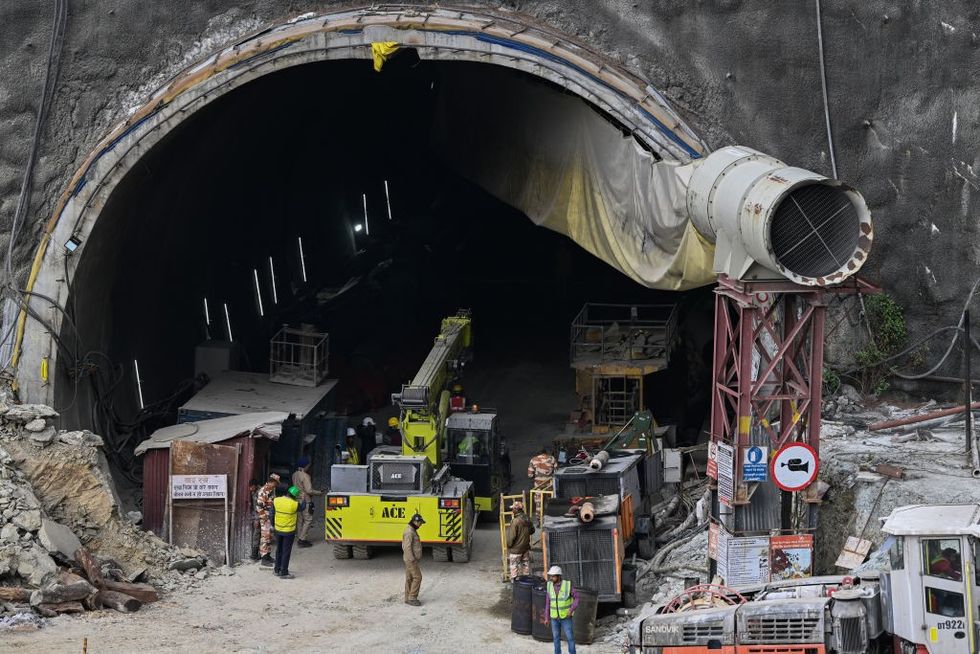
Sudhansu Shah, who has also been camping out since shortly after the tunnel collapse waiting for his younger brother Sonu Shah, said relatives were relieved.
"We are really hopeful and happy," he said.
The workers were seen alive for the first time last week, peering into the lens of an endoscopic camera sent by rescuers down a thin pipe through which air, food, water and electricity were delivered.
The workers had plenty of space in the tunnel, with the area inside 8.5 metres high and stretching about two kilometres in length.
Local residents gathered outside the tunnel set off firecrackers, distributed sweets and shouted slogans hailing Mother India.
The 41 men got food, water, light, oxygen and medicines through a pipe, but efforts to dig a tunnel to rescue them with high-powered drilling machines were frustrated by a series of snags.
After repeated setbacks in the operation, military engineers and skilled miners dug the final section by hand using a so-called "rat-hole" technique, a three-person team working at the rock face inside a metal pipe, just wide enough for someone to squeeze through.
Last week, engineers working to drive a metal pipe horizontally through the 57 metres of rock and concrete ran into metal girders and construction vehicles buried in the rubble, snapping a giant earth-boring machine.
A separate vertical shaft was also started from the forested hill above the tunnel, a risky route in an area that has already suffered a collapse.
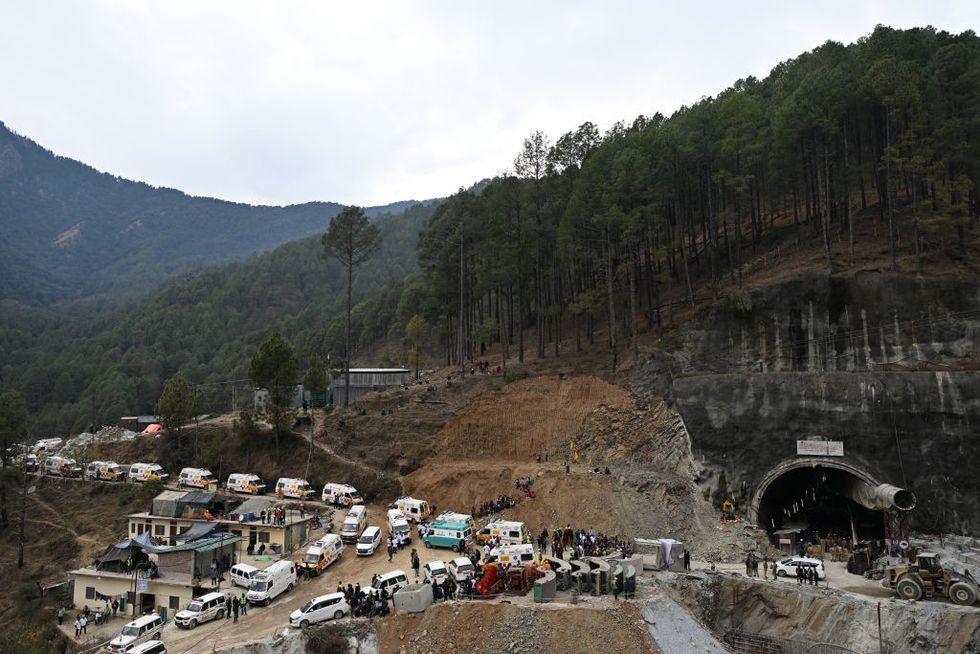
Digging also took place from the far side of the road tunnel, a much longer third route estimated to be around 480 metres.
Arnold Dix, president of the International Tunnelling and Underground Space Association, who has been advising the engineers, told reporters ahead of the rescue that the men were in good spirits, and that he had heard they had been "playing cricket".
The tunnel is part of the $1.5 billion Char Dham highway, one of prime minister Narendra Modi's most ambitious projects, aimed at connecting four Hindu pilgrimage sites through an 890- km network of roads.
Authorities did not say what caused the cave-in, but the region is prone to landslides, earthquakes and floods.
(Agencies)






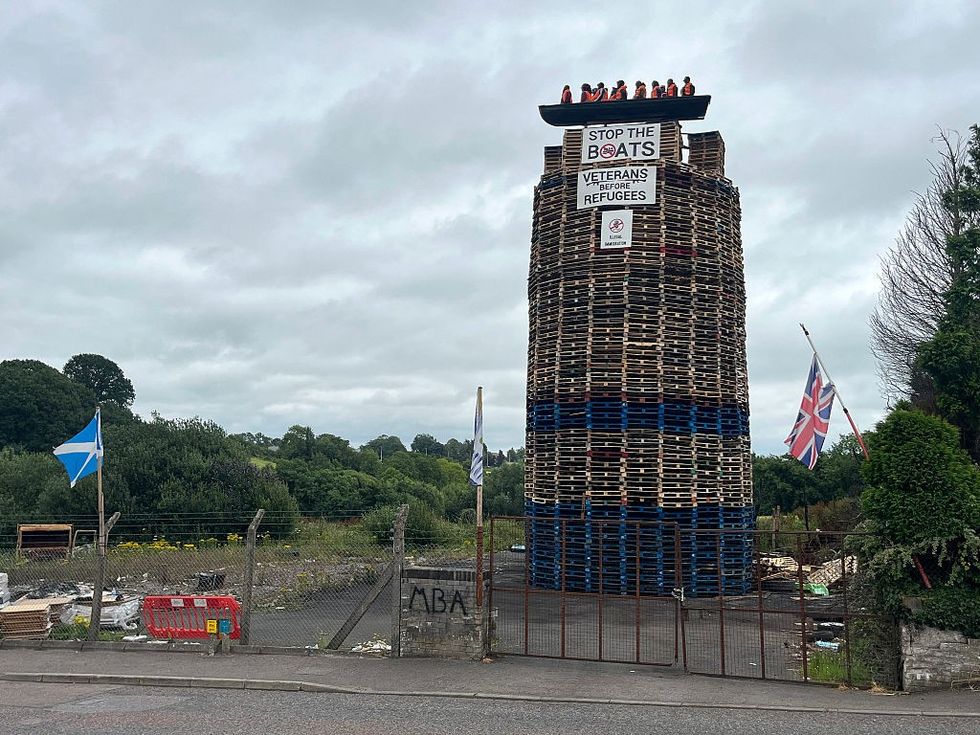












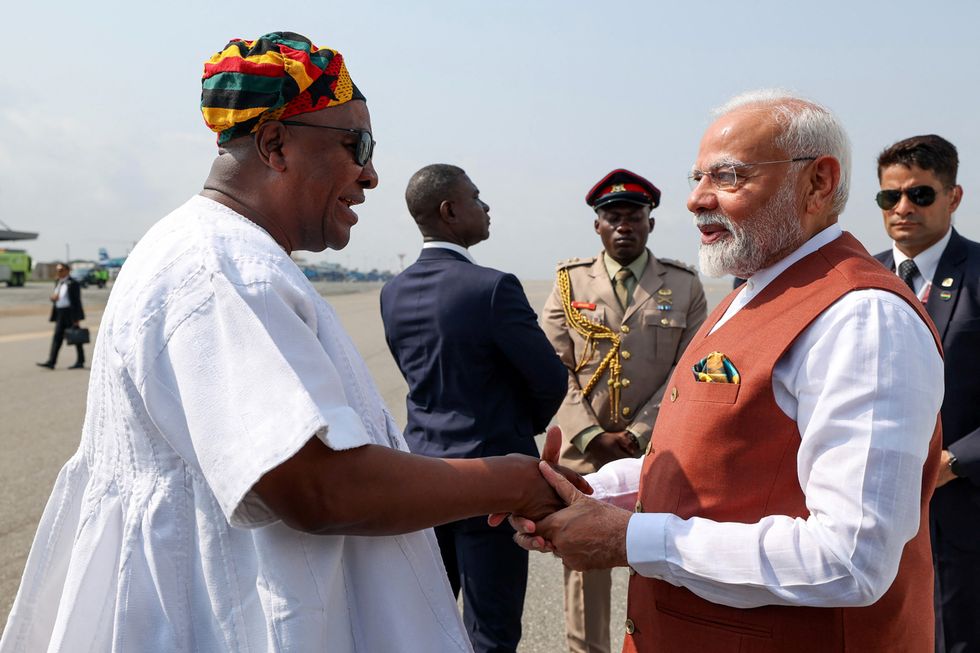 John Dramani Mahama welcomes Modi on his arrival in Accra last Wednesday (2)
John Dramani Mahama welcomes Modi on his arrival in Accra last Wednesday (2)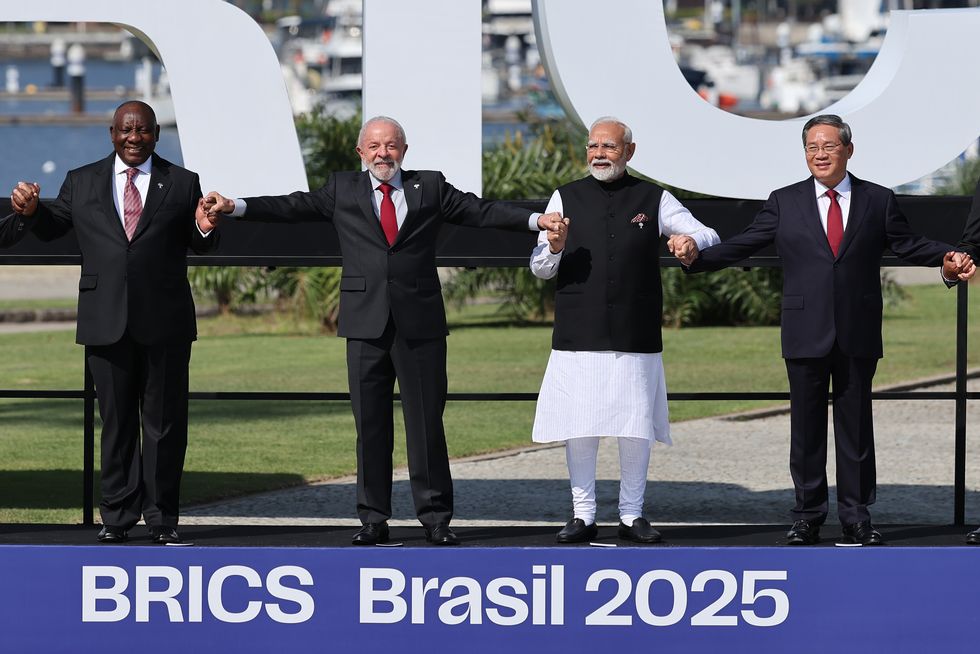 South Africa’s president Cyril Ramaphosa, Brazil’s president Luiz Inacio Lula da Silva, Modi and China’s premier Li Qiang at the Brics summit last Sunday (6)
South Africa’s president Cyril Ramaphosa, Brazil’s president Luiz Inacio Lula da Silva, Modi and China’s premier Li Qiang at the Brics summit last Sunday (6)